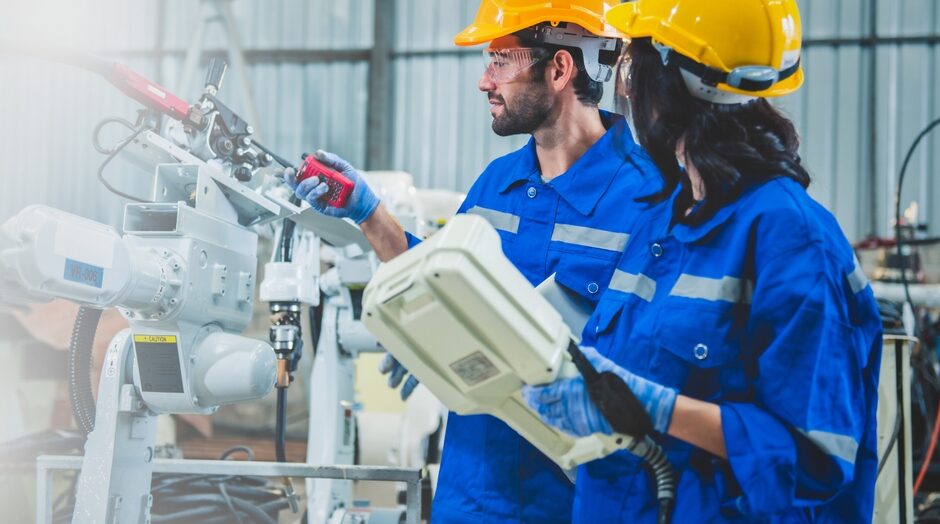Estimation in construction is key for smooth project operations from inception through completion, particularly mechanical estimating, which plays an essential role in planning and installing mechanical systems such as HVAC (heating, ventilation, and air conditioning), plumbing, or any complex system integral to modern buildings. In this article, we explore the mechanical estimating services role within this sector, including its significance and importance, as well as methods utilized and results on the success of a project.
What Is Mechanical Estimating?
An accurate estimate helps budget planners and schedulers ensure all mechanical aspects are completed on schedule while staying within financial boundaries. Mechanical estimating covers every phase of construction projects from initial planning and design through execution and completion, accounting for costs related to materials, labor, equipment, and overhead expenses as accurately as possible—an endeavor that can have an immensely positive effect on the success of a given construction undertaking.
Mechanical Estimating in Construction
Mechanical estimating serves as the financial cornerstone for any construction project and offers many key benefits:
Mechanical Systems Have an Impact on Project Scheduling
Mechanical systems often play a pivotal role in project schedules. Reliable estimates allow project managers to estimate how long it will take to install HVAC, plumbing, or fire suppression systems, with accurate estimating allowing project managers to construct realistic timelines that incorporate available materials and labor with reduced chances of delays.
Mechanical estimation also takes into account lead times when purchasing equipment or materials, as well as labor shortages or disruptions, as well as scheduling to coordinate multiple trades and systems effectively for maximum construction site productivity and eliminate conflicts or bottlenecks on site.
Resource Management
Mechanical estimation requires expert management of labor, materials, and equipment efficiently to accurately determine material costs or material shortages and avoid excess inventory costs or material shortages. Furthermore, accurate labor estimates ensure enough skilled employees to complete tasks on schedule.
Risk Management
Mechanical systems can be intricate systems involving intricate designs and installations. Accurate mechanical estimating helps identify any risks that could affect them, such as unexpected complications during installation or design changes that could alter project scope, thus providing estimators an opportunity to build contingencies into their estimates to cover unexpected costs or delays.
Proper risk management through mechanical estimating can prevent costly project overruns, change orders, and disputes between contractors, suppliers, and clients from becoming overdue or even avoidable altogether. Mechanical estimates also help in negotiating more favorable terms with suppliers and subcontractors, thereby decreasing financial risks and saving you time on projects.
Key Components of Mechanical Estimating
Mechanical estimating requires several key elements that estimators need to keep in mind in order to provide precise and reliable estimates, such as:
Material Costs
Estimators must take careful account of material costs when developing any mechanical estimate, from pipes, ducts, valves and fittings, insulation as well as any specialty equipment required by their project to potential market price fluctuations that might alter overall project expenses.
Labor Costs
Estimating labor is another integral component of mechanical estimating. Labor rates depend on factors like location, skill level, and union or non-union status of workers estimating system installations; an estimator must take this information into consideration and calculate how many hours will be needed and determine any related labor expenses, such as overtime pay or premium pay, that might apply.
Contingencies
Contingencies are an essential element of any mechanical estimate, providing a buffer against unexpected costs or delays that arise unexpectedly due to site conditions, changes to design plans, or fluctuations in material costs. Estimators usually include an appropriate contingency percentage depending on a project’s complexity and level of risk.
Subcontractor Costs
Large projects often necessitate hiring subcontractors for specific aspects of mechanical systems like plumbing or fire protection. Estimators need to account for subcontractor bids in their overall estimates in order to include this cost correctly in their total price estimate and ensure smooth coordination among subcontractors for scheduling and resource allocation purposes.
Methods of Mechanical Estimating
Mechanical estimating can be approached from multiple angles depending on project size, complexity, and available data. Some popular strategies for mechanical estimation are:
Unit Cost Estimating
In this method of cost estimation, estimators assign individual components—like linear feet of pipe or tons of HVAC equipment—an individual cost. This approach works best when dealing with smaller projects with limited scope, as it makes for quick and straightforward calculations of total expenses.
Assembly Estimating
Assembly estimating is the practice of grouping related components together into assemblies, such as an HVAC or plumbing network, for easy estimation purposes. This technique simplifies estimating by decreasing the number of items to take into consideration individually, which makes assembly estimation especially useful when used for larger projects where multiple mechanical systems must be taken into consideration as integrated units.
Detail Estimating Detail estimating is the most thorough and accurate method, as it involves itemizing every material, labor, and overhead cost associated with mechanical systems. This technique is especially valuable in complex or high-value projects where accuracy in budgeting and scheduling is crucial to their success.
Technology has refined mechanical estimation.
Advancements in technology have significantly advanced mechanical estimating companies over recent years, making the estimating process faster, more accurate, and requiring detailed estimates in less time than before. Advanced software allows estimators to generate accurate yet detailed estimates quickly while coming equipped with material databases, labor rates, and assemblies, making managing costs and resources much simpler than before.
Building Information Modeling (BIM) has transformed mechanical estimating. By allowing estimators to visualize mechanical systems in 3D and integrate them with building components, BIM allows more accurate cost projections and better coordination among tradespeople.
Conclusion
Mechanical estimating is an integral function in construction, playing an essential part in budgeting, scheduling, resource management, and risk mitigation. Accuracy in mechanical estimation ensures projects remain on budget and within timeline. By employing modern technology and precise estimation methodologies, mechanical estimators significantly contribute to project success while helping provide cost-efficient building solutions.




